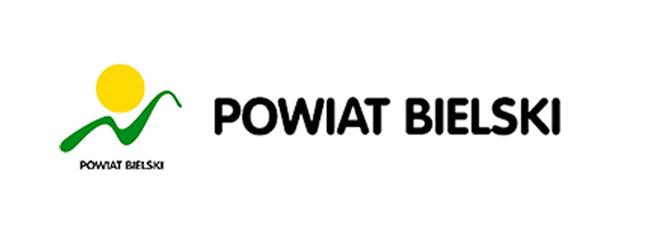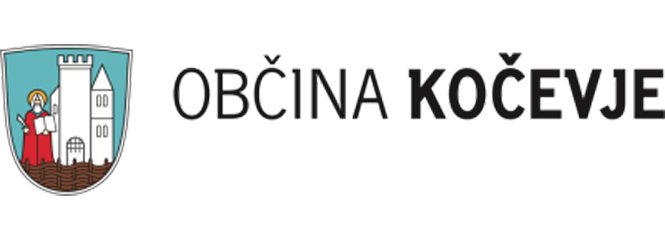The project partnership consists of 10 organisations from 7 Central European countries (Italy, Austria, Czech Republic, Poland, Hungary, Croatia, Slovenia).
Project Coordinator
ISAC is the largest atmospheric sciences institute of CNR and one of the leading institutes of the Department of Earth System Sciences and Environmental Technologies. It is composed of seven units spread throughout the country (Bologna, Lecce, Rome, Turin, Padua, Lamezia and Cagliari) and its highly multidisciplinary research addresses many fundamental aspects of atmospheric physics, chemistry and biology relevant to environmental protection. ISAC has a strong multidisciplinary portfolio with links to high level national and international research groups. The ISAC research team involved in STRENCH aims to assess, predict and manage the impact of natural, environmental and anthropogenic hazards on built heritage and cultural landscapes, including the effects of extreme events:
- Investigation of interactions between cultural heritage and the environment;
- Modelling and experimental activities to develop tools (risk indicators and maps, damage functions) for quantitative assessment of the impact of climate change and multiple hazards on cultural heritage;
- Vulnerability and risk assessments of natural and cultural heritage and definition of strategies for its protection and conservation (prevention, emergency, restoration).
Project Partners
Center for Cultural Property Protection – University for Continuing Education Krems (UWK), Austria
The University for Continuing Education Krems is a public university for academic continuing education with a research focus on current and future societal challenges. Located in the UNESCO World Heritage cultural landscape of Wachau, it attaches great importance to the respectful and sustainable treatment of cultural heritage. With its Center for Cultural Property Protection, it has special expertise and extensive experience in the protection of cultural heritage from (climate-related) natural disasters and in cost-effective precautionary measures for movable and immovable cultural property. The Center takes a holistic approach, collaborating with high-level professors, institutions and educators in the field of risk management and cultural property protection, and drawing on a broad network of emergency responders for the protection of cultural heritage. There is close cooperation with the Austrian Armed Forces and with national and international, governmental and non-governmental institutions in the field of cultural heritage protection, such as UNESCO, ICCROM and ICOMOS. In addition to its extensive teaching programme, the Center also conducts prototype exercises for the recovery of cultural property.
Ústav teoretické a aplikované mechaniky Akademie věd České republiky | Institute of Theoretical and Applied Mechanics of the Czech Academy of Sciences (ITAM CAS), Czech Republic
The ITAM conducts scientific research in the field of solid mechanics, in particular micromechanics, biomechanics of solids, statistical dynamics of systems and media, nonlinear system mechanics, failure processes of materials, mechanics of multifunctional materials, mechanics of particulate media, and computational and numerical mechanics. Further research focuses on the economic evaluation of structures and buildings, including the development of proposals for new methods for special buildings and structures, and the evaluation of environmental and territorial impacts, especially in the preservation and evaluation of historical buildings and settlements.
In order to preserve the architectural and built heritage, broader interdisciplinary research on historic materials, structures and sites has been developed in recent years. This includes the development of methods for diagnosing, monitoring and analysing damage, particularly to timber and masonry structures, as well as methods for surveying, examining, documenting, consolidating and conserving them.
Powiat Bielski | Bielsko-Biała District (BBD), Poland
The district of Bielsko is located in the southern part of the Silesian district. The capital is the district town of Bielsko-Biała with a population of about 175,000, which is a separate administrative unit. Civil protection in the district is managed by the Crisis Management Centre, a department of the District Office in Bielsko-Biała. Its main tasks include prevention, protection of the population in the event of natural and man-made disasters, coordination of activities and crisis management, and collection of data and information during and after natural and man-made disasters.
Agencja Rozwoju Regionalnego S.A w Bielsku-Białej | Regional Development Agency Bielsko-Biala (ARRSA), Poland
The Agency's tasks focus on the promotion and creation of entrepreneurship. Within this framework, measures are implemented to support the development and competitiveness of companies and the region. ARRSA also carries out activities to support international cooperation, including the implementation of best practices and the creation of new business contacts.
Comune di Ferrara | Municipality of Ferrara (MUF), Italy
The historic centre of the northern Italian city of Ferrara has been declared a UNESCO World Heritage Site. The municipality is therefore responsible for the spatial planning of a large UNESCO area and for the management of various building projects. The experience gained in implementing the management plan for the area has made it possible to acquire interdisciplinary skills.
Městská část Praha-Troja | Municipal District Praha-Troja (TROJA), Czech Republic
Praha-Troja is a district in the north of the Czech capital, Prague. The local authority and administration of Praha-Troja deals with urban, spatial and territorial planning, land management issues and manages several historical buildings, including villas, schools, residential buildings, sports facilities and land.
Baranya Megyei Önkormányzat | Government of Baranya County (GBC), Hungary
The Government of Baranya County, the southernmost administrative county in Hungary, is a territorial organisation with a cross-sectoral role in development issues related to the development challenges of the underdeveloped Baranya County.
Grad Kaštela | City of Kastela (COK), Croatia
The organisational structure of the Municipality of Kaštela, a coastal town in central Dalmatia, consists of seven municipal departments and services. The Municipality of Kaštela has recognised the need for protection, management and sustainable use of cultural heritage, as well as its improvement in terms of vulnerability and resilience to extreme events.
Obcina Kocevje| Municipality of Kocevje (MOK), Slovenia
The Municipality of Kočevje is a public local authority that represents the population living within its borders and ensures their self-government. It is located in the south of Slovenia and is the largest municipality in Slovenia in terms of area. It has 6 primeval forests and karst landscapes. The population of the municipality is about 17,000.
ASSOCIATED PARTNERS of the university for continuing Education KREMS
As a federal ministry, the BMKOES is one of Austria's highest authorities and is responsible, among other things, for the Department of Art and Culture, which includes the UNESCO Department. It supervises the politically subordinate departments and administers the public funds for this area. Unit IV/B/4/a - UNESCO is responsible for UNESCO World Heritage affairs, national coordination of the implementation of the World Heritage Convention, department-specific technical issues in the fields of architecture, building and ground monument conservation and cultural landscapes, as well as international heritage conservation affairs.
Centra-Consult is a small law firm in the heart of Vienna with many years of experience in tax consultancy, accounting and many other services with special expertise in advising and assisting clients.
EUROPA NOSTRA Austria, Austria
Europa Nostra is the European voice of civil society working for the protection and enhancement of cultural and natural heritage. Europa Nostra is a pan-European federation of heritage NGOs, supported by a wide network of public institutions, private companies and individuals in over 40 countries. Founded in 1963, Europa Nostra is now the largest and most representative cultural heritage network in Europe. Europa Nostra works to save Europe's endangered monuments, sites and landscapes.
Magistrat der Stadt Krems | Municipality of Krems, Austria
For the city of Krems in Lower Austria, which is both a municipality and a district, the magistrate acts as the administrative authority and is therefore the municipal and district administrative authority.
The Office of the Lower Austrian Government Department of Art and Culture is committed to implementing innovative strategies in line with the Sendai Framework at the regional level and is involved in the planned summer school in Austria and in dissemination activities.















